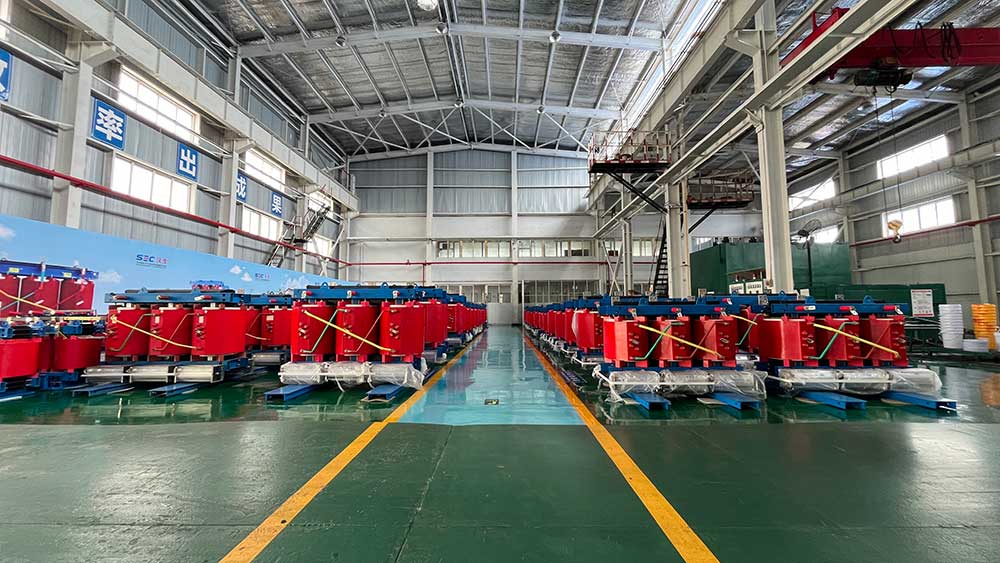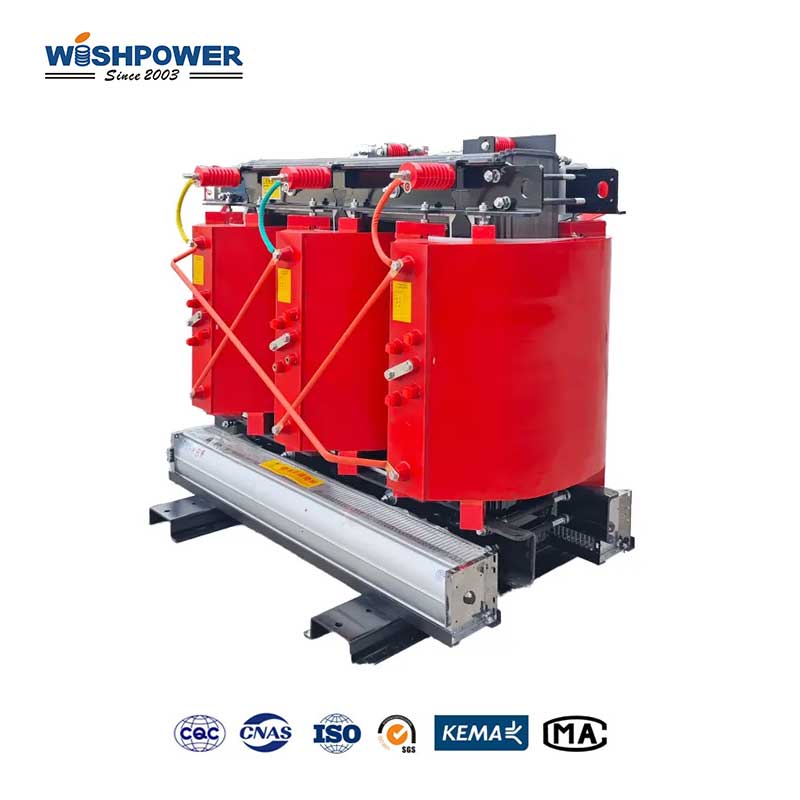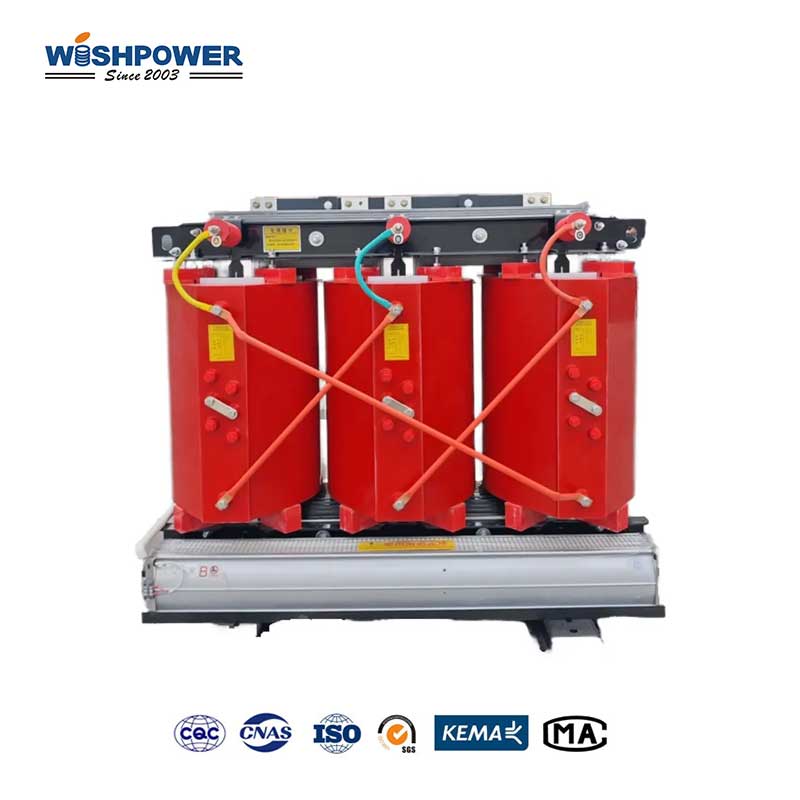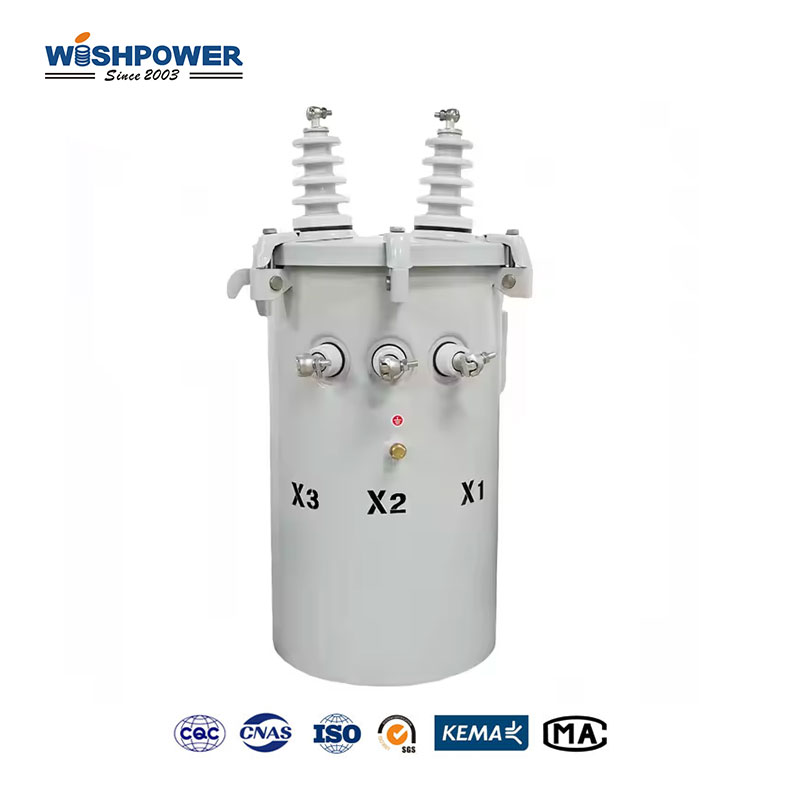Dry-type transformers serve many different applications since they yield exceptional safety features alongside compact size and advantageous environmental implications. Dry-type transformers differ from their oil-filled counterparts because they do not contain any oil thus eliminating potential fire risks or fluid leakages. Dry-type transformers provide numerous benefits but create particular obstacles that affect their operational performance and financial efficiency together with their operational characteristics in specific locations.

What is the problem with dry-type transformers?
- Lower Efficiency Compared to Oil-Filled Transformers
The main disadvantage of dry-type transformers exists in their reduced operational efficiency when compared to the efficiency of oil-filled transformers. Losses in oil-filled transformers decrease because their better cooling properties support efficient operations during heavy load periods. Dry-type transformers use air or solid insulation systems instead of oil thus they tend to produce higher core and copper losses. The efficiency range of dry-type transformers stands between 95% and 98% but these transformers offer less efficiency compared to oil-filled transformers in large-scale energy-saving applications.
- Higher Initial Cost
The cost to purchase dry-type transformers will be higher than that of oil-filled transformers at their initial installation. The cost of insulation materials alongside the complexity of design elements makes epoxy resin and cast coils drive up the transformer’s base price. The manufacture together with the assembly process for dry-type transformers requires additional human labor thus raising their total expense.
The expenditures for running and maintaining dry-type transformers are typically reduced because these systems lack oil requirements yet they can pose hardware affordability concerns to companies working on a budget or active in sectors where oil-filled transformers represent less expensive choices.
- Limited Power Capacity
Dry-type transformers work best in power applications that do not reach the highest range. The power handling ability of dry-type transformers remains lower than that of oil-filled transformers when delivering power to high loads. Very high power applications may cause dry-type transformers to overheat because their insulation along with cooling systems operate within specific heat dissipation limits thus reducing their lifespan.
- Limited Cooling Capacity
Dry-type transformers have a restricted ability to dissipate heat which constitutes another crucial operational barrier. The insulation and cooling elements in dry-type transformers use air and solid materials while refraining from using oil for both functions like oil-filled transformers. Air-cooled systems are appropriate for common applications yet lack the operational effectiveness of cooling systems involving oil.
The operational life span of dry-type transformers becomes less reliable when they receive inappropriate size allocations for their applications or environmental conditions produce unfavorable conditions which lead to overheating. Transformers of the dry type need additional cooling solutions to perform optimally when they operate in hot or humid conditions. External environmental factors lead to reduced transformer efficiency and higher possibilities of equipment failure.
- Vulnerability to Harsh Environments
The preference for indoor dry-type transformers because of their absence of oil leads to higher susceptibility to external factors than oil-filled transformers. The insulation materials face damage from extreme weather alongside dust and moisture exposure thus reducing performance while potentially causing failure outcomes. Humid environments pose a risk to dry-type transformer reliability because high moisture absorption occurs in insulation materials.
- Maintenance Challenges
Dry-type transformers need less maintenance than oil-filled transformers do yet they do not eliminate the need for periodic inspections. The insulation material deteriorates because of environmental factors which results in transformer performance reduction along with decreased efficiency. The transformer needs regular examination and testing as it is essential for maintaining operational excellence and preserving against sudden breakdowns.
Conclusion
Modern electrical distribution systems depend heavily on dry-type transformers because these devices provide essential advantages that combine safety features with dependable operation and decreased environmental load. Although dry-type transformers have numerous advantages they encounter specific operational difficulties. The operating problems of dry-type transformers include low electrical efficiency combined with elevated initial costs alongside their restricted power capacity and restricted cooling capabilities. Dry-type transformers operate at risk in demanding conditions along with requiring frequent maintenance checks in specific deployment situations.
If you have different opinions or want to know more, please leave a message on the website or contact us directly at info@wishpower.net

















